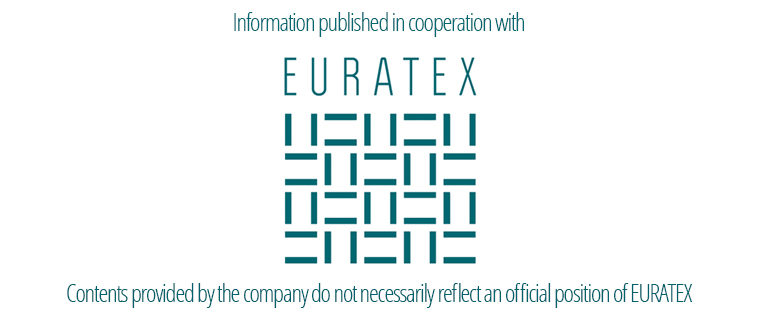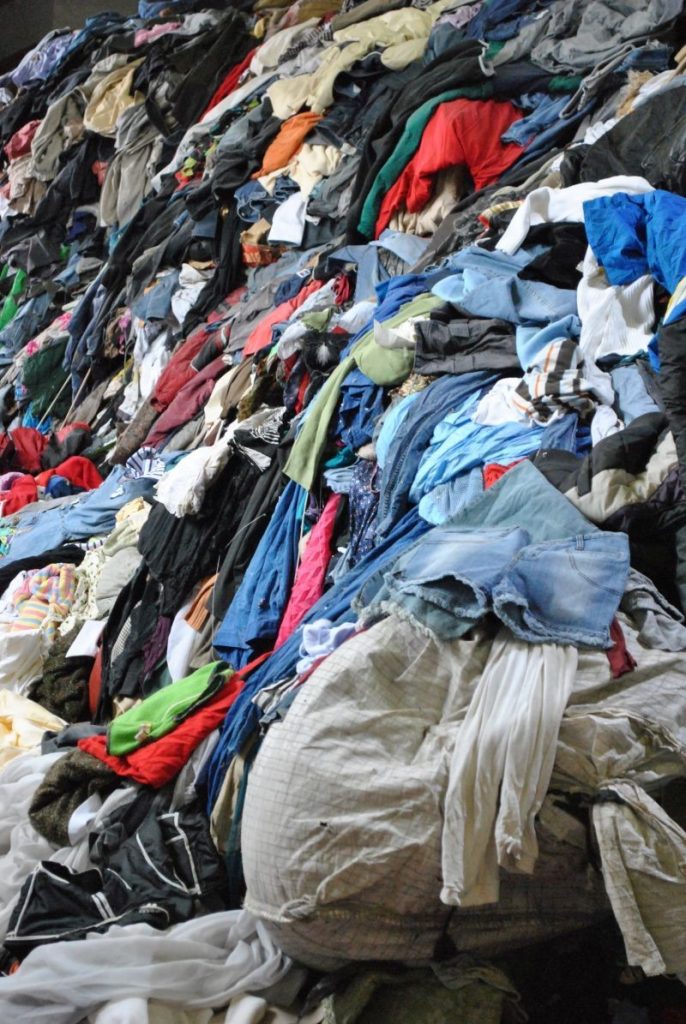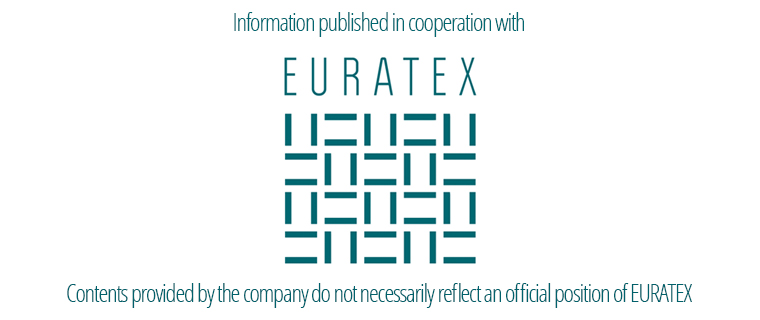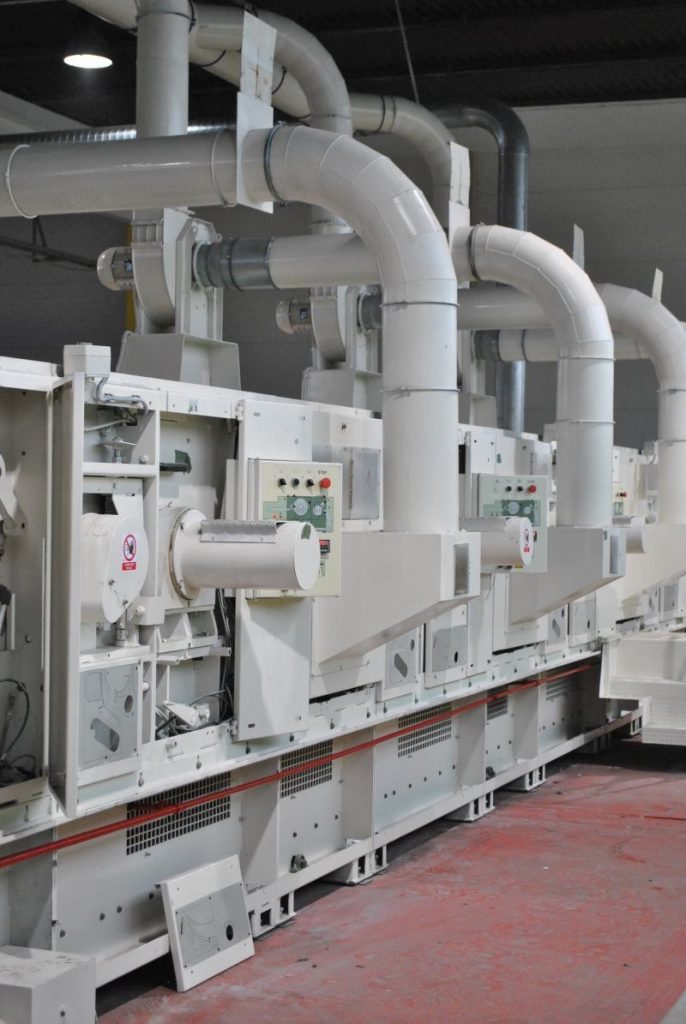Description
The core business of Regeneracija lies in recycling of textile waste from surrounding textile industries to produce insulation for construction and automotive industry, protective floor coverings, filtration, and furniture industry. The company collects 35% of household textile waste, 15% of industrial textile waste while 50% of textile waste is imported.
In 2012, Regeneracija launched ECO-ECO project which has gone through 2 phases:
- Economy – enables its own production of more affordable raw materials, which results in a reduction of its own emission of waste into the environment, as well as waste from other textile industries.
- Ecology – involves the processing of the total amount of collected textile waste in Croatia.
Added value
- Overall, the company’s business based on the production of cheaper raw materials for the manufacture of non-woven textiles, provides greater competitiveness on the market for non-woven textiles obtained from the processing of raw materials from regenerated textile fibres or textile waste.
- In 2012, Regeneracija collected 800 tonnes of textile waste. Currently, the company collects and recycles approximately 9000 tonnes of textile waste, and manufactures 60% of its own raw materials. The obtained finished products are exported to other EU countries.
- Re-using its own waste from production, households and other textile industries significantly reduces emissions and disposal of textile waste on landfills.
Challenges
- Separate collection of textile waste in Croatia is not properly addressed in the current Croatian legislation given that there is a compensation for separate collection of plastic and rubber, but not for textiles. In Croatia, there are figures on recycling in certain waste categories, but there is no accurate data on reuse.
- Lack of necessary technologies and lack of harmonized waste management in the EU hinders the potential of recycling textile waste.
- Financial and administrative burdens hinder the smooth management and shipment of textile from collection sites to recyclers. For instance, the company can cover the costs of transporting the waste from the collector to the recycler within an area of 250 km; going beyond this distance is financially not feasible.
Partners



